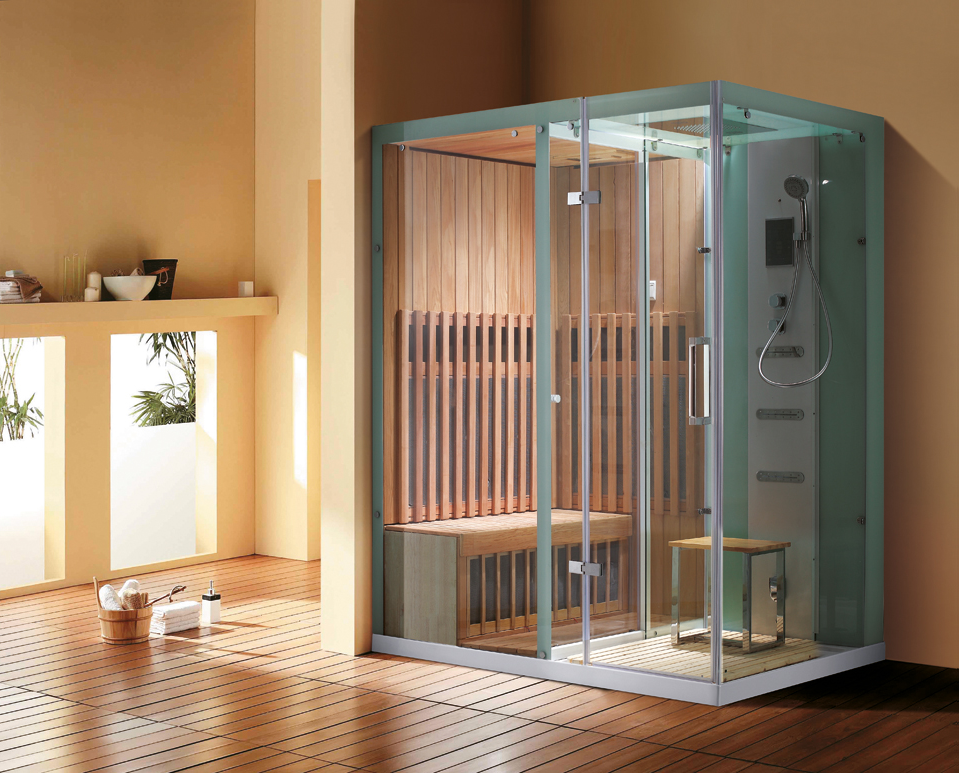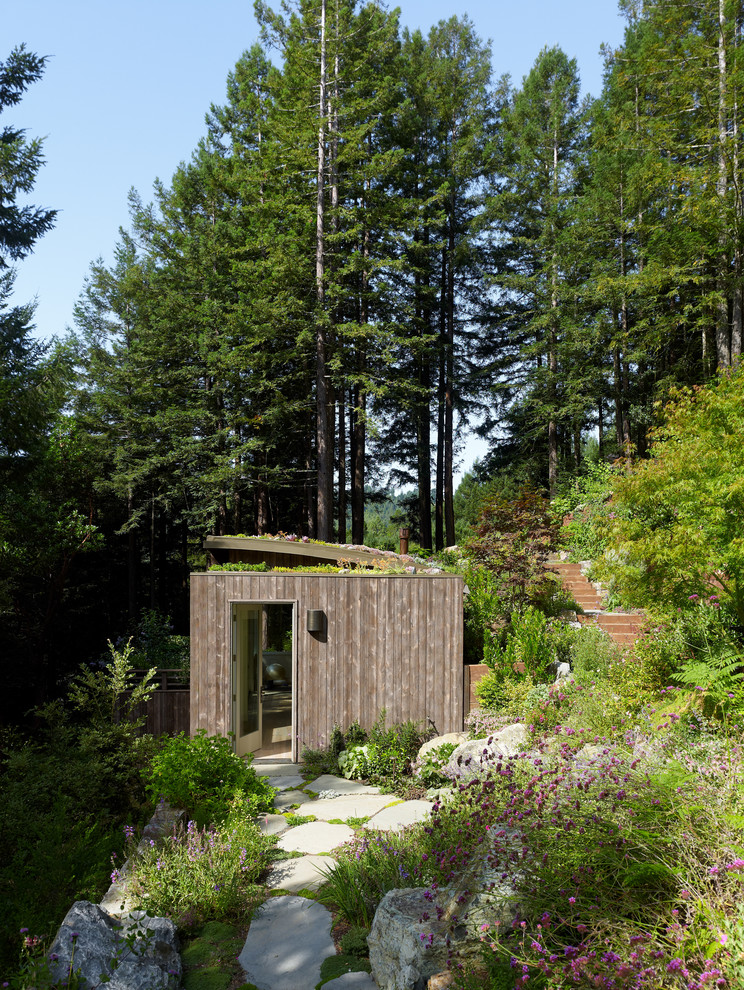Few people take into consideration the type of wood used in the construction of their home sauna. Believe it or not, the wood is an important factor in your decision making and the production process of your infrared sauna's manufacturer. Producers build saunas using hemlock and red cedar the majority of the time because these woods are strong, resilient, and low in toxicity once they have been kiln dried. As you search for a new infrared sauna for your home, you'll have to decide between hemlock and red cedar. So, what's the difference?
What's considered during Construction?
When manufacturers are building infrared saunas, there are a number of different characteristics of wood that they take into consideration. Among the most important are the following:
- Wood toxicity: As alluded to above, toxicity of wood is heavily weighed during the selection process. You use an infrared sauna to flush toxins from your body, so wood needs to respond properly to kiln heating to remove natural oils and resins that could reduce the detox benefits of a sauna.
- Wood weight: Heavier wood makes the production process of an infrared sauna more expensive because more hardware needs to be used to secure the construction of the sauna.
- Shrinkage: As your sauna heats up and cools down over time, the wood is bound to crack or splinter. Woods that are more resistant to shrinkage are ideal in providing longer usage life to infrared saunas.
- Crushing strength: While construction strength and durability of wood are taken into consideration, it is also important to ensure that wood won't crack or give under the pressure of human weight while in use.
Hemlock Infrared Saunas
Hemlock is one of the most popular types of wood used in the production of infrared saunas. The wood is light in color and comes with a lower cost, making it more affordable from the outset to build saunas using hemlock. On top of that, the heavier weight (compared to red cedar) and greater crushing strength make it less expensive to produce as heavy-duty fixtures aren't required to secure the end product.
Additionally, hemlock is more resistant to shrinkage, giving it a longer usage life compared to others as it resists cracking and splitting. Finally, hemlock is non-allergenic, non-toxic, and has little to no wood aroma, making it beneficial to your body and creating an enjoyable atmosphere for any users.
Red Cedar Infrared Saunas
Red cedar is an increasingly popular choice as a construction material for infrared saunas. Red cedar is more expensive to procure, but it is lighter in weight than hemlock and extremely strong in its own right. This means it's less expensive to construct than other wood models because, again, heavy-duty fixtures and hardware aren't often required to build a secure product. Like hemlock, red cedar is non-toxic, though a small percentage of users may experience an allergic reaction to the natural oils and resins in red cedar. Many people find that the intense aroma of red cedar adds a little something extra to the sauna experience.
Whether the Hemlock or Red Cedar Infrared Sauna is right for you, Saunas and Stuff, CA has what you’re looking for. With free shipping to most major Canadian metropolitan areas, Saunas and Stuff makes it easy to purchase a Sauna for your home!














 Image by melintelinas via DeviantArt
Image by melintelinas via DeviantArt








